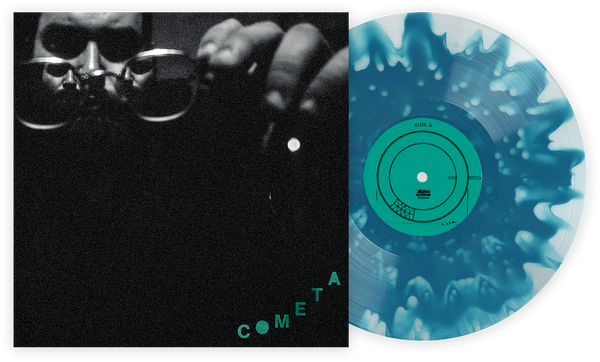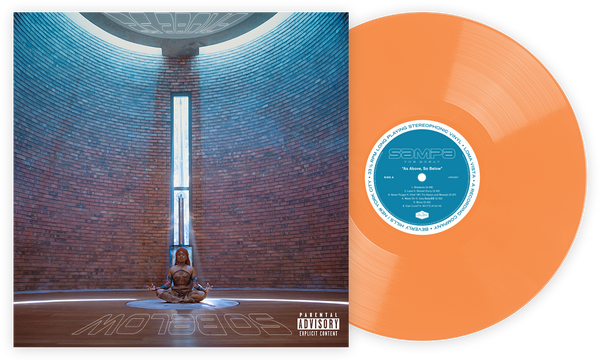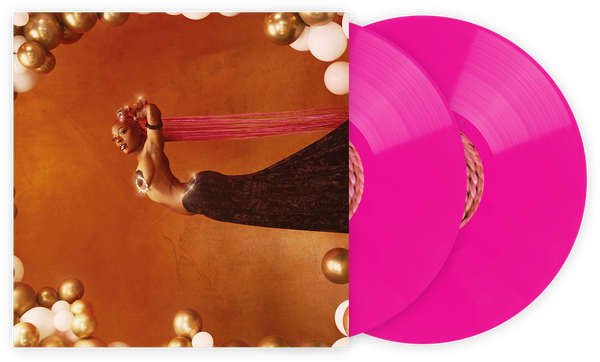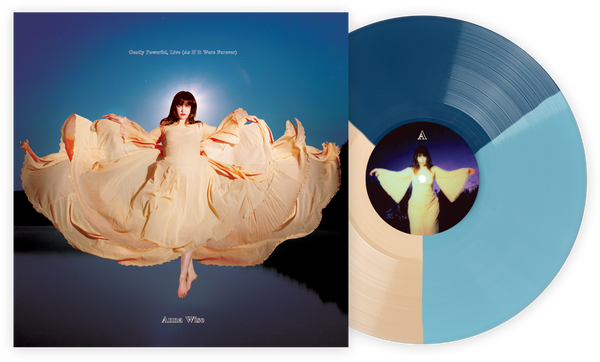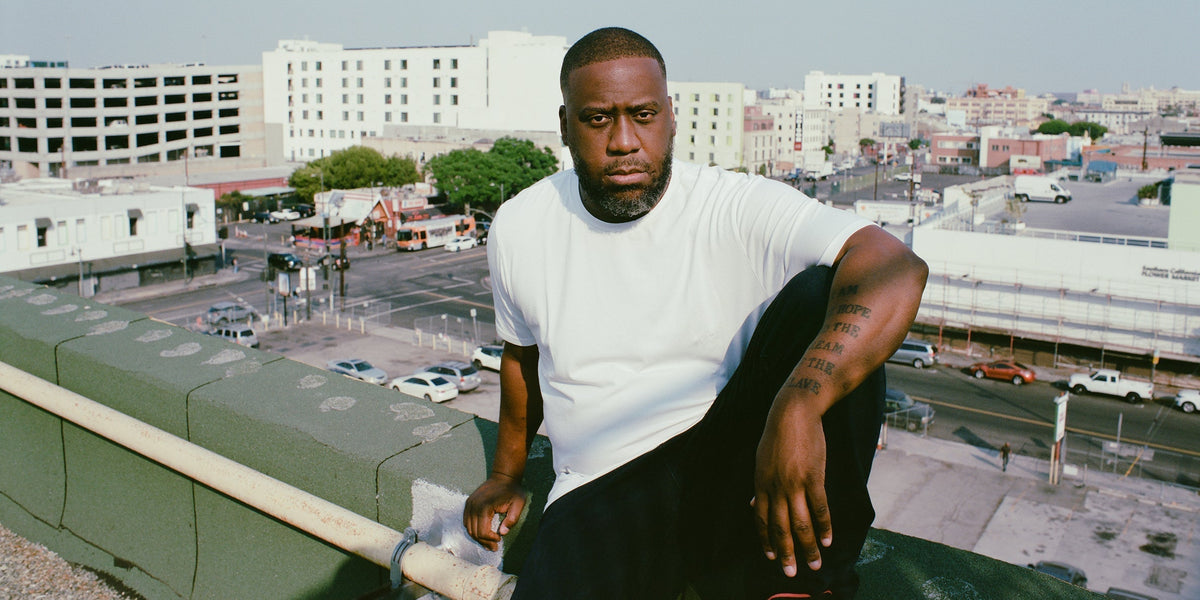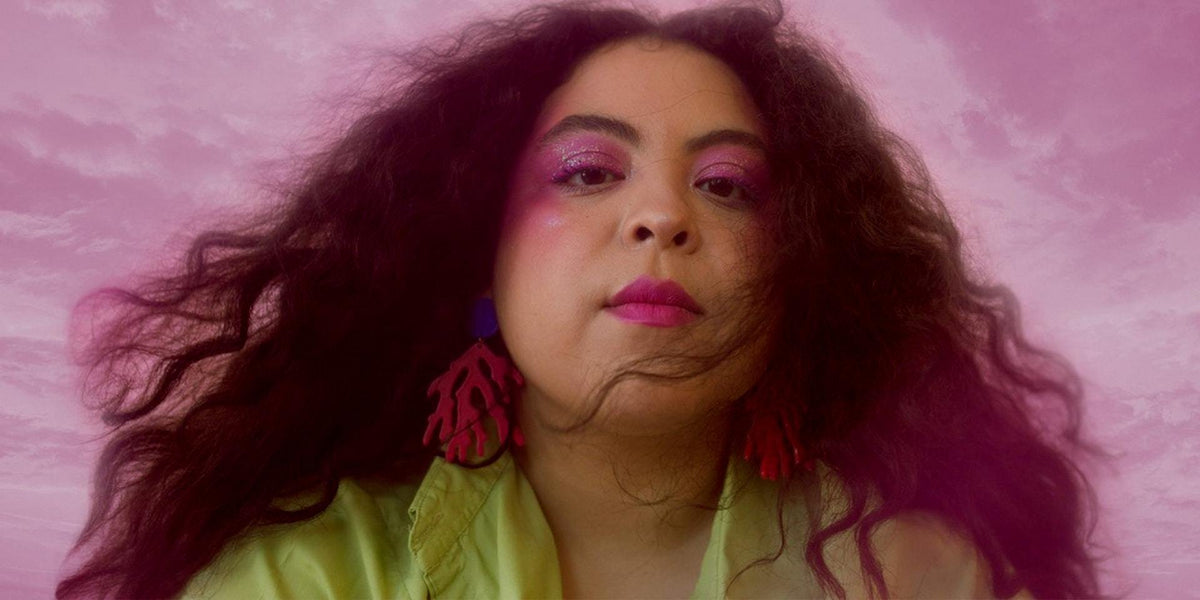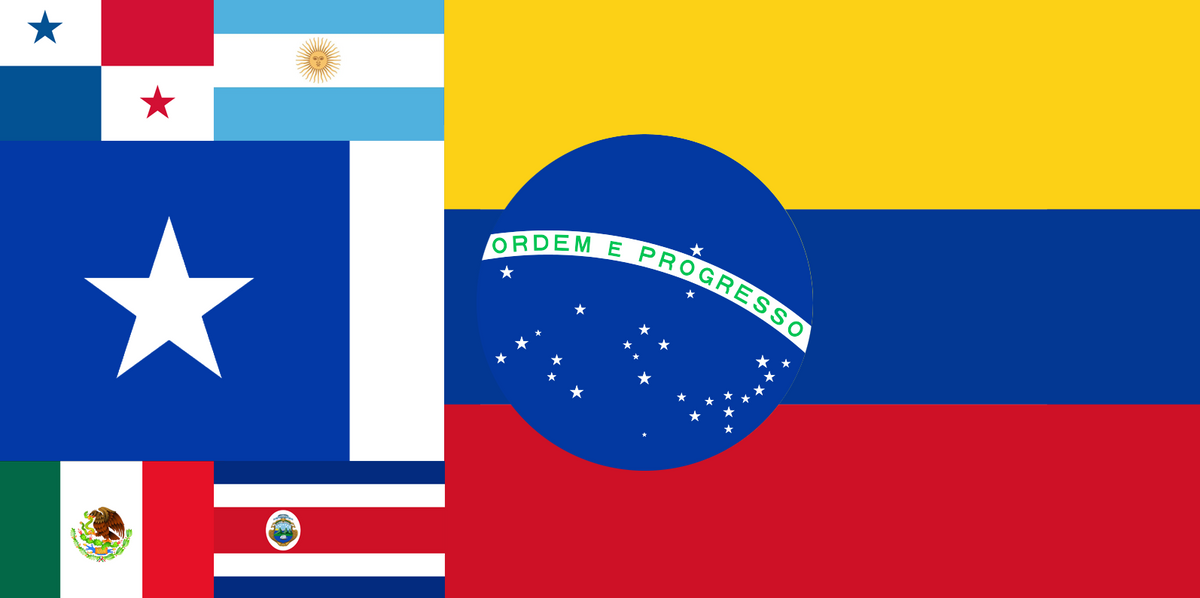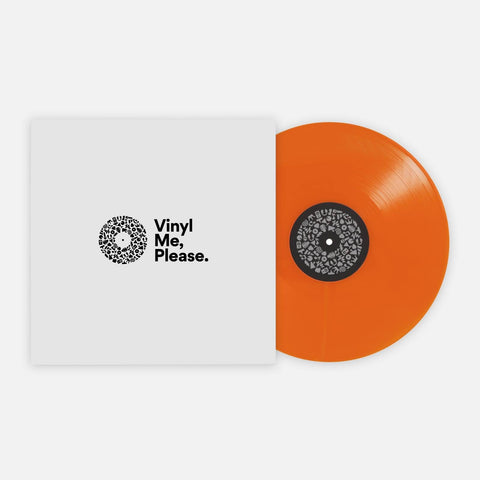Silvana Estrada, from Healing Heartbreak to Poetic Revolution
The Mexican singer-songwriter’s debut retraces her roots to show how she emerged from love lost
When Silvana Estrada began to craft the songs for Marchita, her debut full-length out Jan. 21, she had two things in mind: cultivating vocal power and honing vulnerability. Her voice, in fact, is like a quiet storm — she delivers a raw hushed cadence that can turn thunderous in an instant. On the backdrop, the careful arpeggios from her Venezuelan cuatro twinkle with the bucolic radiance of a night sky.
Like the word “marchita” (meaning “withered”) suggests, the new album also unveils a sort of transformation via her “poetic revolution,” a healing heart. “It’s a post-breakup kind of album,” Estrada revealed. “But I want it to be medicinal, because creating these songs was so curativo (healing), almost like meditating. It was also a really lonely process.” Isolation and, at times, recovery from indignation are a few cases that have fueled Latin America’s greatest female singers into legends; just look no further than Chavela Vargas or Mercedes Sosa.
Reared in Coatepec, Veracruz, by globetrotting luthier parents, her home state is well-known for its rich folklore, coffee plantations, Olmec relics and gemstones that form in the mountainous regions. And while Estrada has looked outward to inspire her creativity — she claims influences from Violeta Parra, leader of the ’60s-era New Chilean Song Movement, to Billie Holiday, but also Son de Madera, the storied son jarocho group from Xalapa — her feet remain firmly rooted in her own culture.
Following a stint in New York City and an album release with jazz guitarist Charlie Hunter, Lo Sagrado (2017), Estrada journeyed to Mexico’s capital, where she’s been cultivating her sound for the past five years. At age 24, the Veracruzana has been making her mark, establishing herself as one of the most exciting singer-songwriters of Mexico City’s robust musician community, joining the likes of fellow folk jarocho musician Natalia Lafourcade and Chilean pop chanteuse Mon Laferte. She has also been called “one of Mexico’s greatest young talents and vocalists” by KCRW.
I spoke with the Mexican singer-songwriter for VMP about how she renewed herself and sprouted from love lost, the experience of listening to music on vinyl, and how she’s been embracing her roots to fuel her creative agency.
Let’s start from the beginning: I was reading that your parents are luthiers. I would imagine that you’ve always been surrounded by musicians since you were young, is that correct?
Yeah, my parents are also musicians. My mom is a clarinet player and my dad plays double bass. He played in an orchestra in Veracruz for many years. Then they just got tired, I guess, and moved to Cremona, Italy, to learn how to make instruments. Cremona is where [Antonio] Stradivari was born, and [the International School of Violin making] there is really important for lutherie learning. Then at some point they came back [to Veracruz], I guess because they wanted to have kids. Mexico is a really nice place to have kids because we have this Latin custom of protecting kids. It’s not [safe] like Europe — kids can’t walk in the streets alone — but socially for me it’s richer in terms of community. So, they came back and they started their own atelier in Veracruz and began to work. So, yes, I grew up surrounded by instruments and musicians.
I also started to play the piano and violin at a young age, and I grew up with this really strict way of learning. Even though [my parents] worked a lot with classical musicians, I was always connected with a more relaxed kind of music. Music was also our way to pass the time. At the end of parties, las comidas with la familia, we always took our jaranas or guitars out and we started to sing songs.
When was the moment that you realized you wanted to pursue music as a profession?
I never knew until I was like 16, but I was always singing and making music all day. I didn’t realize how into it I was. And at some point, I was like, “Oh, I’m making concerts in my head,” and, “Oh, I’m able to pay my rent with music, and I’m about to release an album.” Previously, I was trying to llevarle la contra a mis papas (go against my parents wishes). They were like, “Yeah, Silvana, she’s going to be a musician!” And I was like, “Of course not.” When I was a teenager, I wanted to be a volleyball player and I was really serious about it, so I took classes for a year. Then I wanted to be a psychologist and I bought all these books. I was so young and I didn’t understand any of it, but I was still reading them. My parents were horrified. They were like, “Why are you not singing anymore?” But that lasted for about two to three years, and I eventually started to make music.
You were born in Veracruz, pursued some music in New York, and now you’re in Mexico City. How did this cross-migrational experience enrich your own music?
In Veracruz, I learned a lot because I spent two year studying jazz in the university, where I learned a lot of techniques and theories. Even though I’m not applying the theory now, it helped me to develop a musical language. I only gathered nice things from the university because I only went to the classes [that benefited my career] — I was a bad student because I only went to the classes I wanted to learn from. All that information helped me so much, especially about how to improvise, create or hear music, and how to develop my own manner and understand sounds.
Then, New York was really fun because it was all about that jazz, and where I started to play my own music. I remember Charlie Hunter, my colleague, telling me, “Dude, what are you doing? You don’t need to sing in English or an Ella Fitzgerald repertoire. You have this beautiful music you need to work on, that is your path. Don’t get distracted, you got this.” That’s the most important thing that I learned in New York — to be conscious of my own music, that it’s what I want to do and that it’s going to work.
Here in Mexico City, I learned the power of songs and how important they are for our culture; I mean, for all cultures, but especially for Mexico. It’s full of musicians, singers and songwriters coming from all over Latin America and Spain. It’s the center of Latin songwriting. When I got here, I got to meet some awesome people. I have never really seen this before with other kinds of music. If you have a good song, people are going to know, like your colleagues and other songwriters. They are going to remember you because we are crazy about songs, and we are going to take you out because we are really like a community. We feel through songs because we don’t have too many cultural spaces or support. Music is the place where everyone can feel, learn how to feel and learn how to say, “Hey, I’m feeling this. I have this on my chest.”
You recently dropped your music video for “Te Guardo,” which I read was filmed in the Dominican Republic. What drew you to film in DR? And what was the vision you had in mind for the video?
We filmed in the Dominican Republic because my manager [Edwin Erazo] is from there. He also co-directed the video along with Karla Read, who’s from Santo Domingo, Dominican Republic. So, it made sense for us at the time to go there and film in Valle Nuevo, which is this gorgeous mountain.
I didn’t know [there were mountains] because every time I think of the Dominican Republic, playas, Samaná and Punta Cana come to mind — summer vibes. Then we got to this beautiful mountain, and it's really cold where we filmed it. We did this campamento, and it was really nice. There were 17 people working on the video, which is going to be part of a bigger project, a short film. A video album! We spent about a month there and recorded a video for every song on my next record, Marchita.
What were some of the main objectives you had in mind when creating the songs to your debut album?
Marchita is a number of songs that I wrote when I was trying to recover from a really bad breakup. All these songs are from this journey I took to understand what was going on in my heart and in my feelings. It’s a post-breakup kind of album, but I want it to be medicinal because creating these songs was so curativo (healing), almost like meditating.
It was also a really lonely process. When I started to sing these songs, I was just singing with my voice and tiny instruments, mi cuatro venezolano. So, when I got to the studio I really wanted to preserve the vulnerability and power of the music. I wanted to play all the time with these two perspectives: the vulnerable way of putting my voice out and sharing an honest message, and the force and power of seeing the way I’m singing, while using minimalistic instrumentations to create this intimacy for my listeners. It was about finding the right place to create this world.
It’s also a conceptual album because it tells a story. It was important to fill it with transitions from [one] song to the next, and then the instrumental parts because, of course, I was really into the instruments, especially the violin. I got this dark kind of [sonic] universe [but] the important part of this album is the light. It’s like a constant search for the light. That’s what I wanted to create.
I grew up listening to tapes and CDs because I was born in the ’80s, and I was wondering how your evolution of listening to music has been. What is your personal preference of listening to recorded music?
I actually grew up listening to CDs and using video cassettes. Then when I was a teenager, we listened to Spotify, YouTube and Apple Music. But then I got to know all these friends here in Ciudad de México, and they are really into vinyls. I learned how to enjoy the experience of the vinyl. Now I have vinyls, too, and it is kind of an addiction. This last time I was in New York, I spent a whole morning searching for vinyls. Vinyls are like [an experiential] thing, the feeling of having to be in your home to listen to them, unlike AirPods. You need to be in the moment, you need to change it from side A to side B, so you need to be engaged. It’s also really meditative in a way and the sounds are so different. I have these jazz albums and I can hear the drums like they were here next to me every time that I’m listening to the vinyl. That is something that I really enjoy, to have the opportunity to close your eyes and feel like you are actually there. Specifically, the Blue Note kind of vinyls. I really enjoy the experience.
I first became drawn to your music when I heard a collaboration you did with Natalia Lafourcade, a very beautiful rendition of “La Llorona.” And both of you are from Veracruz! How did that come about?
We’ve been really good friends for about four years. We are from the same town, and we live, like, next to each other, but we didn’t know each other then. When I released my first EP, Lo Sagrado, the album I did with Charlie Hunter, she wrote to me on Instagram, saying, “I love this, we should have dinner together,” and I was like, “Oh my god, I love you. I can’t believe you’re telling me this.” We became really good friends ever since. We spent Christmas and New Year’s together. Then we just started to sing together because, of course, we are both crazy about singing, and we would sing [together] all the time.
For someone who has never visited Veracruz, what are some important things for you to convey to them about your hometown? What is important for you to represent about the place you are from?
I’m from Coatepec. I love a lot of things there, but the music is really important to me. We have son jarocho all around. In Coatepec, and all around Veracruz we do fandangos; it’s a traditional party where we play music. We bring out our jaranas and everyone just sings, dances, plays and drinks a lot. We have both a lot of mountains and beaches. I’m from the mountain. I grew up surrounded by huge rivers and coffee plantations. Something I specifically like about my hometown is the coffee, we have excellent coffee. People from the mountain region are not so touchy like people from the south. What I love about us is that we are calm and respectful people who are always drinking coffee and eating pan dulce. That’s the way we like to live. It’s really nice.
Isabela Raygoza is a writer, curator and producer who specializes in Latin music both regional and mainstream, and who approaches her work across genres with an eye toward the history that shapes our culture and the culture that shapes our future. She’s lent her pen to Rolling Stone, Billboard, VICE and the Recording Academy/GRAMMYs, among others, and honed her production skills with SoundCloud and Audible.
Related Articles
Join the Club!
Join Now, Starting at $36Pages

